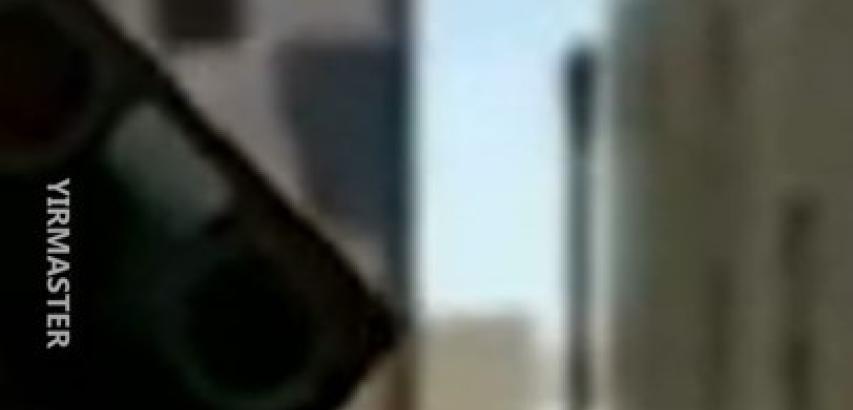In the realm of modern warfare and surveillance, technology continues to push the boundaries of what is possible. One of the latest innovations to emerge is the development of deadly insect-sized drones, ushering in a new era of espionage, military operations, and covert intelligence gathering.
Miniature Lethal Machines:
These insect-sized drones are a marvel of engineering, with dimensions measuring mere centimeters or smaller. While their size may be diminutive, their capabilities are anything but. Armed with advanced sensors, cameras, and even lethal payloads, they can infiltrate secure areas and execute missions with precision.
Stealth and Infiltration:
What sets these drones apart is their ability to mimic the flight patterns of real insects. They can hover, dart, and even perch discreetly, making them nearly impossible to detect by the naked eye. This level of stealth and mimicry allows them to infiltrate hostile territories or gather intelligence without arousing suspicion.
Multiple Applications:
The applications of these insect-sized drones are extensive. They can be used for reconnaissance, surveillance, and information gathering in both military and civilian contexts. Additionally, they can carry payloads such as toxins or explosives, making them a potential tool for covert assassination or targeted strikes.
Challenges and Concerns:
The emergence of these tiny lethal drones raises significant ethical and security concerns. They blur the lines between surveillance and warfare, making it difficult to distinguish between peaceful observation and deadly intent. Their small size and stealth capabilities challenge existing defense systems, leaving nations vulnerable to potential threats.
The International Debate:
The development and deployment of insect-sized drones have prompted international discussions on their use, limitations, and potential bans. Governments and international organizations are grappling with how to regulate these technologies to maintain global security and ethical standards.
The Future Landscape:
As technology continues to evolve, the capabilities of insect-sized drones are likely to expand. Their use in warfare, counter-terrorism, and intelligence operations could become more prevalent. This emerging field highlights the critical importance of international cooperation and ethical considerations to ensure that these tiny drones do not lead to unintended consequences or violations of international law.
In the end, while insect-sized drones represent a significant leap in technological innovation, they also bring with them complex challenges. The global community faces the task of navigating this new frontier to harness their potential benefits while mitigating the risks associated with their misuse.
